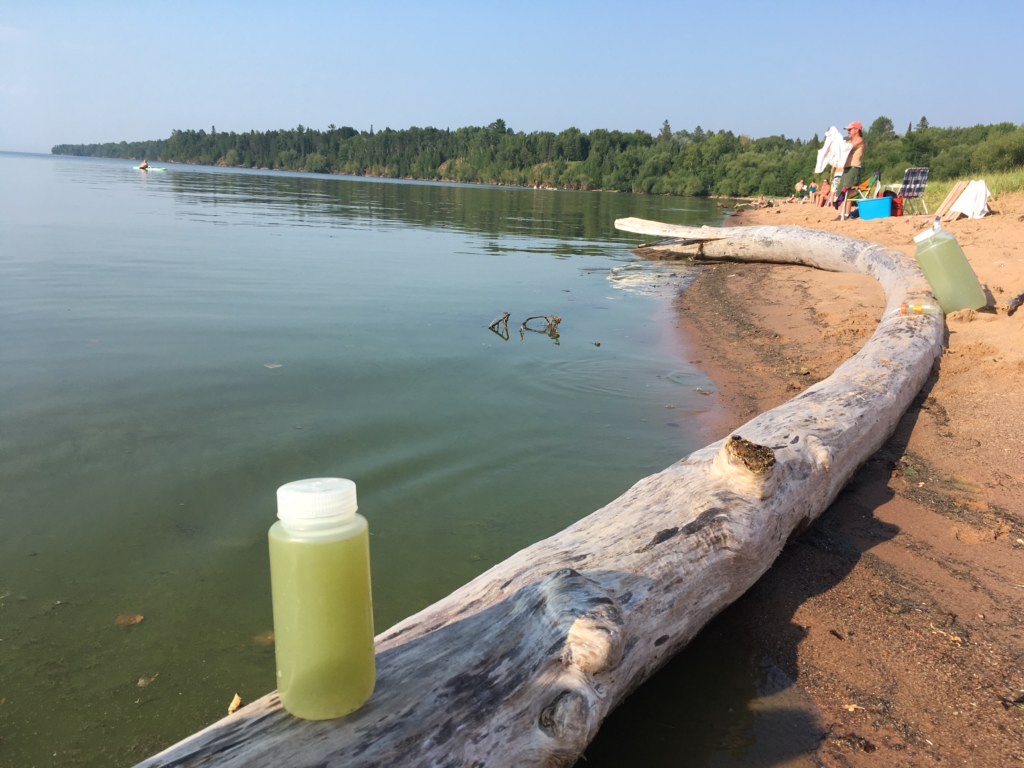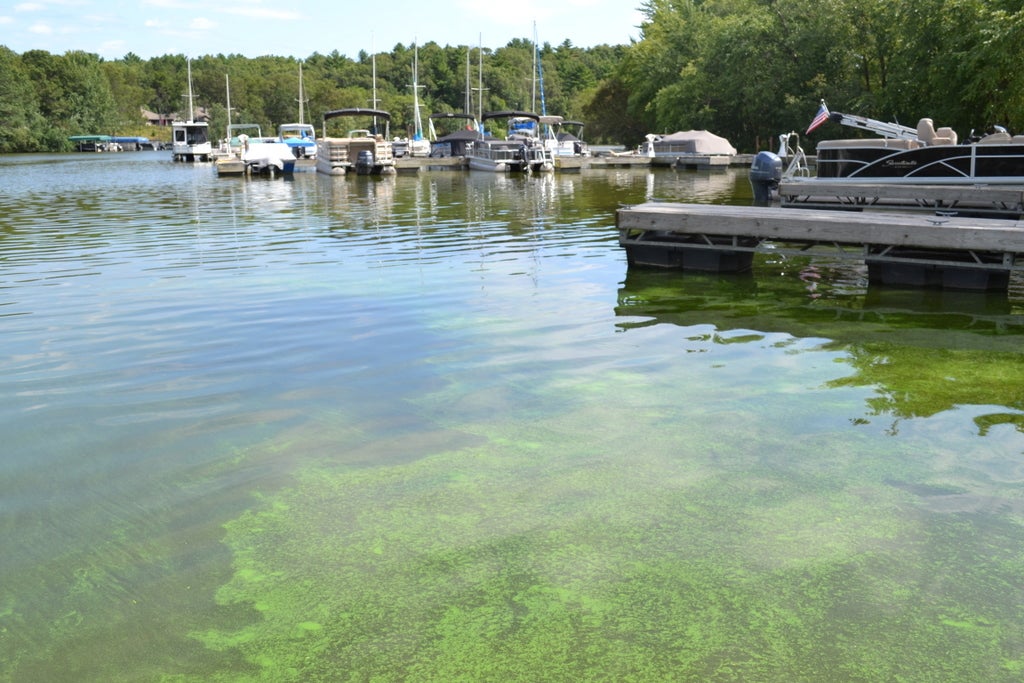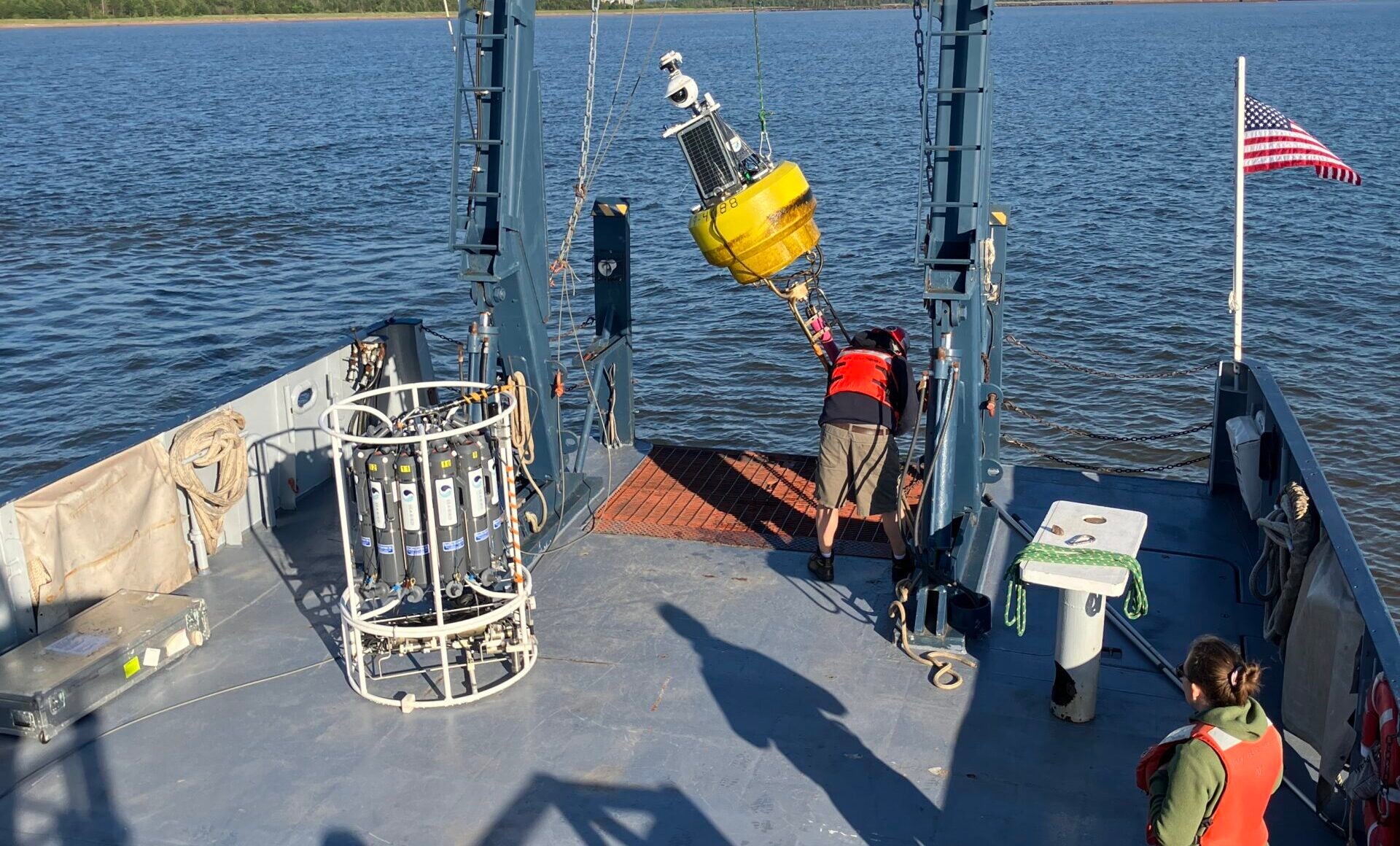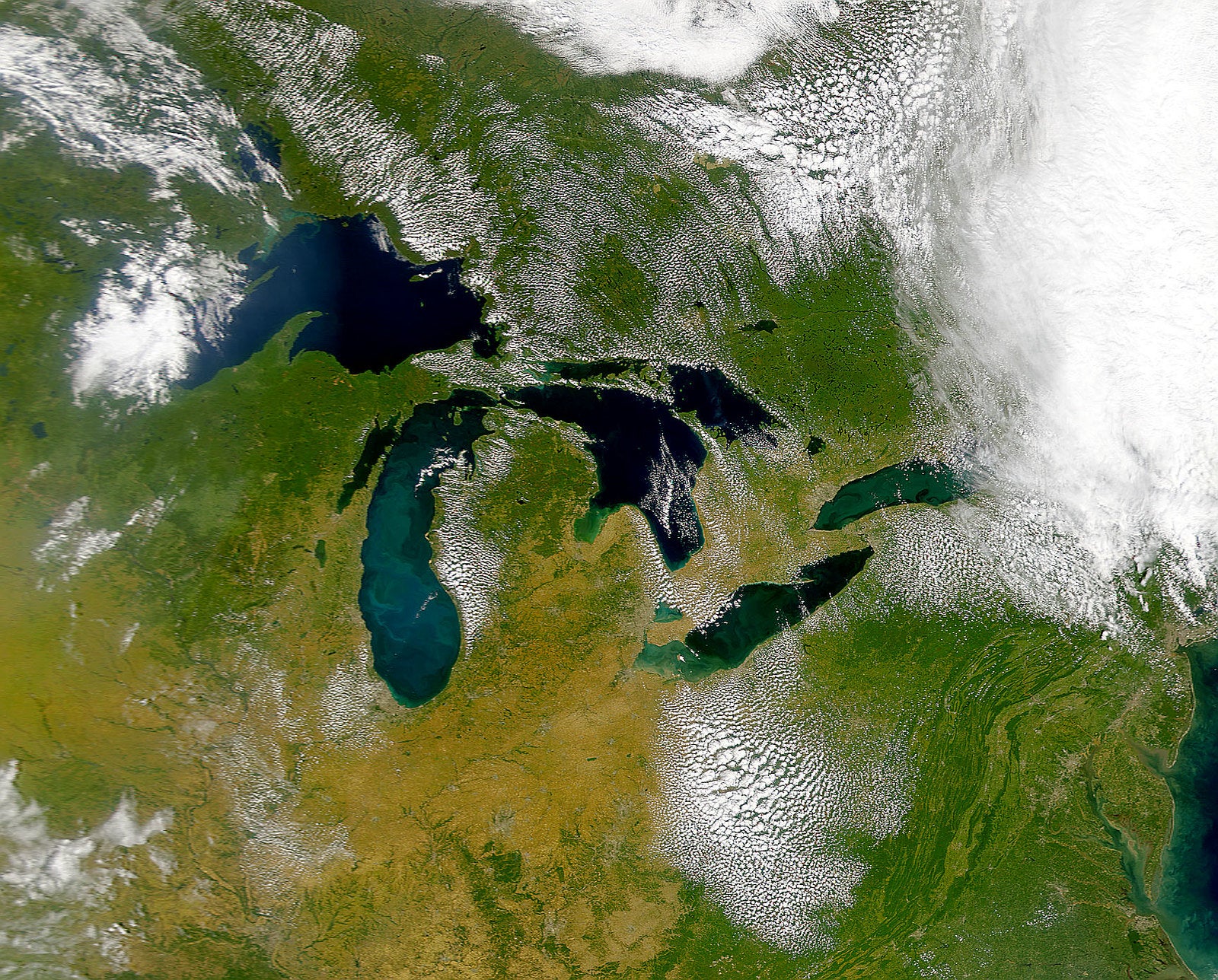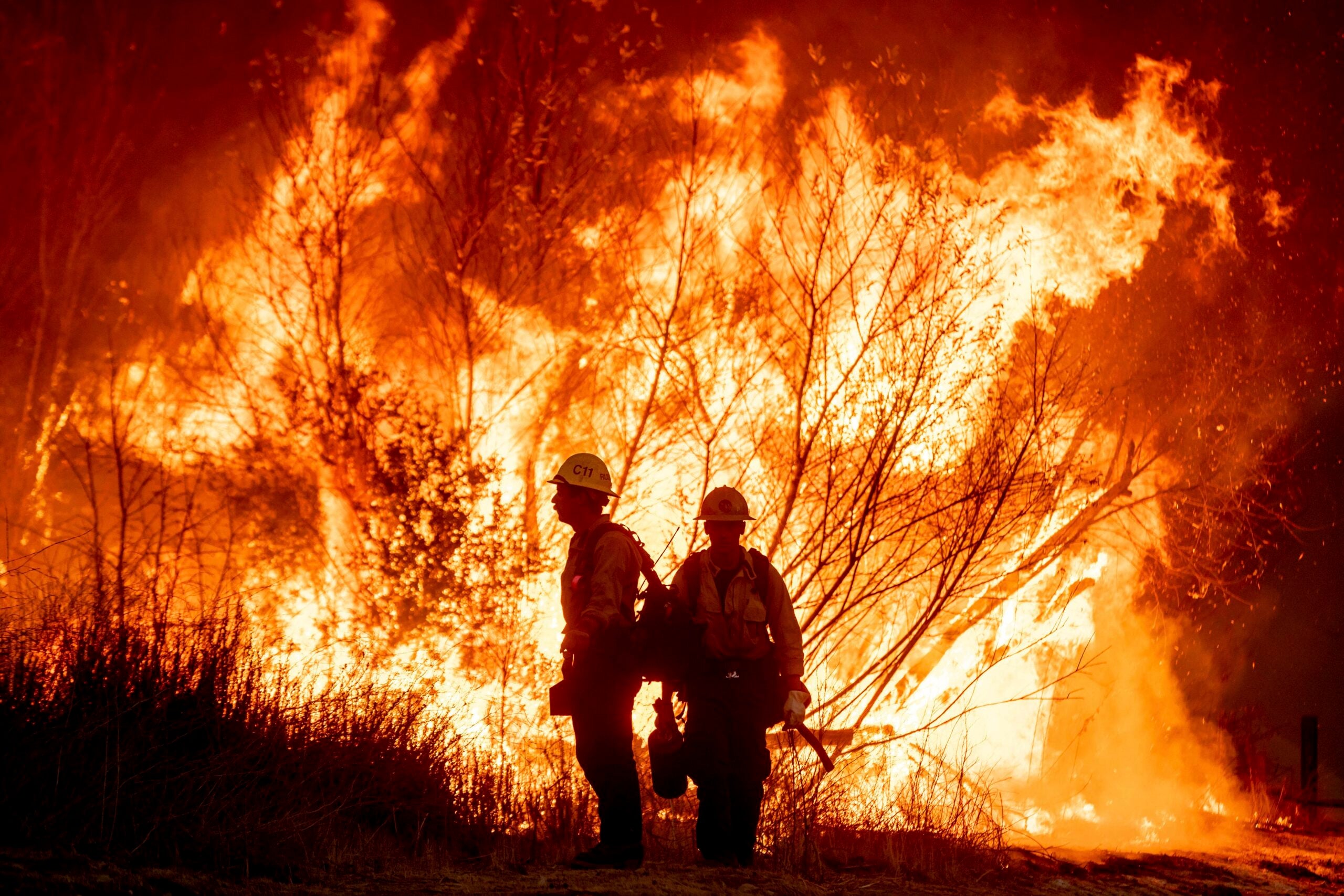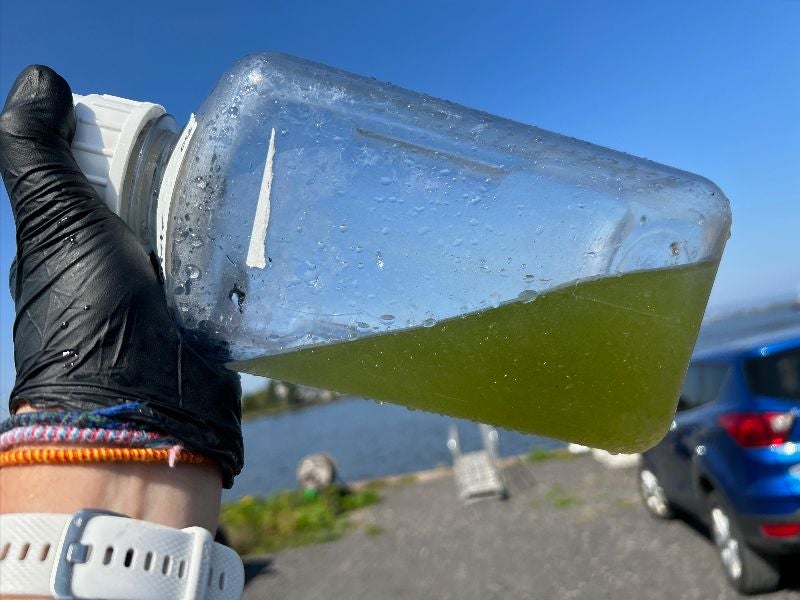The United States and Canada should work together to eliminate blue-green algae blooms in Lake Superior, according to one of three recommendations outlined in a report released by the International Joint Commission (IJC) on Thursday.
The commission is an independent bi-national organization that evaluates work by the U.S. and Canada to protect and restore the Great Lakes under the Great Lakes Water Quality Agreement. First signed in 1972, the agreement serves as a framework for identifying priorities and actions to improve water quality.
The 2020 Second Triennial Assessment of Progress Report calls on the U.S. and Canada to identify the amount of nutrient runoff entering Lake Superior and dynamics that play a role in the formation of blue-green algae blooms, also known as cyanobacteria. Such blooms can be toxic to humans and animals.
News with a little more humanity
WPR’s “Wisconsin Today” newsletter keeps you connected to the state you love without feeling overwhelmed. No paywall. No agenda. No corporate filter.
In a presentation on the report, IJC U.S. Chair Jane Corwin called Lake Superior a “canary in the coal mine” regarding climate change in the Great Lakes.
“Increasing water temperatures and extreme weather events are contributing to the formation of blue-green algal blooms along the coast of Lake Superior, particularly in the lake’s Western Basin,” said Corwin.
Despite its cool pristine waters, the western edge of Lake Superior has witnessed blue-green algae blooms at least five times in the last decade — mostly near Duluth-Superior and Ashland. A large bloom formed in 2018 that spanned roughly 50 miles from east of Superior to the Apostle Islands on the lake’s south shore.
Researchers found in an initial review of Lake Superior blooms that two of the largest blooms followed extreme flooding and occurred around peak water temperatures in the summer.
The commission suggests the two governments develop models to predict blooms and enhance monitoring, as well as increase investments in efforts to reduce runoff.
Valerie Damstra is operations manager for the Mary Griggs Burke Center for Freshwater Innovation at Northland College in Ashland. She said the growing threat of blue-green algae blooms in Lake Superior has caused alarm among the scientific community and public.
She said the center is glad to see the commission’s recommendation for governments to work to eliminate those blooms.
“The investment of resources to learn more about the factors that are driving bloom formation so that nutrient load reduction targets can be developed is so important,” said Damstra.
The panel proposes including targets to reduce nutrient runoff in the 2025 update of Lake Superior’s lakewide action and management plan.
Increasing evidence supports that blue-green algae blooms in the lake are driven by climate change, said Corwin. As Lake Superior is warming rapidly, she said warming temperatures and more intense storms are making the lake “more vulnerable than ever to persistent, potentially toxic algal blooms.”
Researchers have observed blue-green algae in Lake Superior that can be toxic, but concentrations have been found at very low levels that don’t pose a danger to human health.
The commission is also recommending the two governments provide more meaningful opportunities for the public to take part in lakewide action and management plans, as well as create a framework to assess the effectiveness of programs to restore and maintain the Great Lakes.
Corwin said the commission has encountered challenges in evaluating the governments’ progress to improve water quality. She pointed to the delay of a report outlining the status and trends of the Great Lakes that made it unavailable for review at the Great Lakes Public Forum last year.
“Without complete government reports, it is very difficult for the IJC to assess how specific actions have resulted in specific improvements to lake conditions,” said Corwin. “Thus, the IJC recommends that governments coordinate and cooperate with the IJC to develop an assessment framework.”
Corwin said that framework should focus on one or a select number of nine objectives outlined in the Great Lakes Water Quality Agreement, which include making sure water is safe for drinking, swimming and fishing. Corwin also said the two governments should also measure the link between program activities and the status of Great Lakes ecosystems. The commission proposes that framework be put in place by June 2022.
The report released Thursday reflected a more narrow focus than the First Triennial Assessment of Progress Report released three years ago that outlined more than 30 recommendations to improve water quality. Those recommendations ranged from reducing farm runoff to cutting back on chemical pollution.
The commission said those “remain valid” and urged the two countries to act to improve water quality under the agreement.
Corwin also highlighted that the commission is calling on the two countries to take a bi-national approach to climate change adaptation and investment in a bi-national climate vulnerability assessment. She said communities and various agencies are addressing climate change, but a coordinated approach among the governments is lacking.
The report analyzed the effectiveness of work being done to address climate change, nutrients and public engagement over the past three years. It also evaluated public input on progress being made by the two countries. The commission found the public’s top concerns were climate change, nutrients, chemicals of concern, aquatic invasive species and incorporating traditional ecological knowledge into water quality work.
People were also skeptical of a 2019 progress report by the two countries that found Great Lakes water quality was “fair and unchanging.” An online survey of more than 700 people found nearly half disagreed with that assessment.
The Great Lakes provide more than 20 percent of the world’s fresh water. They are a source of drinking water for up to 40 million people, according to the IJC.
Wisconsin Public Radio, © Copyright 2025, Board of Regents of the University of Wisconsin System and Wisconsin Educational Communications Board.

